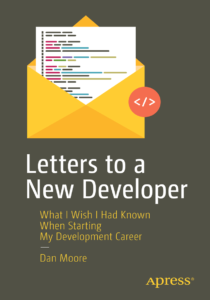Back when I was consulting full time, I typically charged by the hour. For some clients I’d do fixed bid pricing, based on an hourly guess, but that was typically after we had an established relationship. Otherwise the risk of losing your shirt is just too high. I’ve done that once or twice–no fun to be working to finish up a project and just knowing your hourly rate is heading far too rapidly towards single digits.
I’m not consulting now, but if I were I’d be following Jonathan Stark’s advice on value pricing. You can sign up for his free email course, which is valuable. After that you’re put on his generic email list which is 25% pitches for his business coaching and 75% good tips about value based pricing.
I will be honest, I’d have a lot of fear about moving to value based pricing, the same way I have fear about niching and focusing on a particular market. Both are scary concepts because when I am a consultant, the feast or famine nature of the business makes me want to say yes to everyone (within my available skillset and time).
But these will be my first two business experiments if I ever go back to my solo consulting practice. I’ve just read too many success stories (like this one) to not give it a try.
